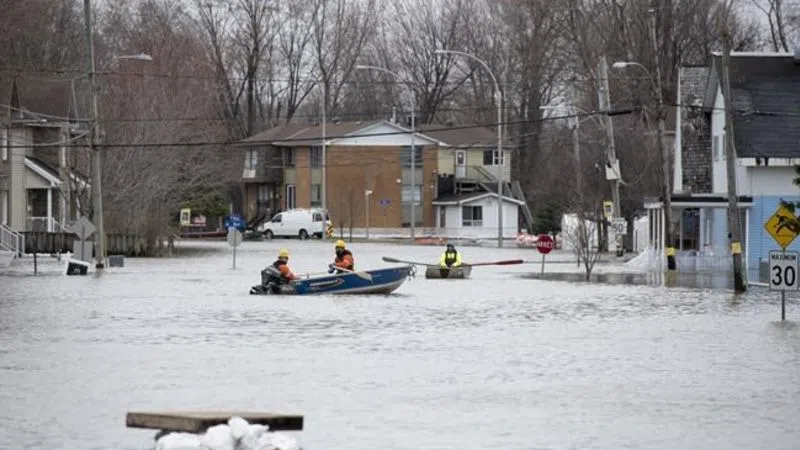
Who should bear the financial risk of flooding? Report lays out three options
OTTAWA — The federal government could help mitigate the cost of flood damage by creating a “high-risk” insurance pool to help lift the burden off the public purse, says a report released Tuesday by the Insurance Bureau of Canada.
The high-risk scheme is one of three options laid out in the report, a product of months of work by a national working group co-chaired by the bureau and Public Safety Canada.
About one-fifth of homes in Canada are considered to be at risk of overland flooding, but many don’t have coverage for the damage. For those that do, insurance payouts have surged to about $1 billion per year over the past six years, based on estimates in the report.
Meanwhile, federal payouts to help communities recover from flood damage have quadrupled over the last four decades to about $3.7 billion during the first four years of this decade, compared with just $300 million during the 1970s.



